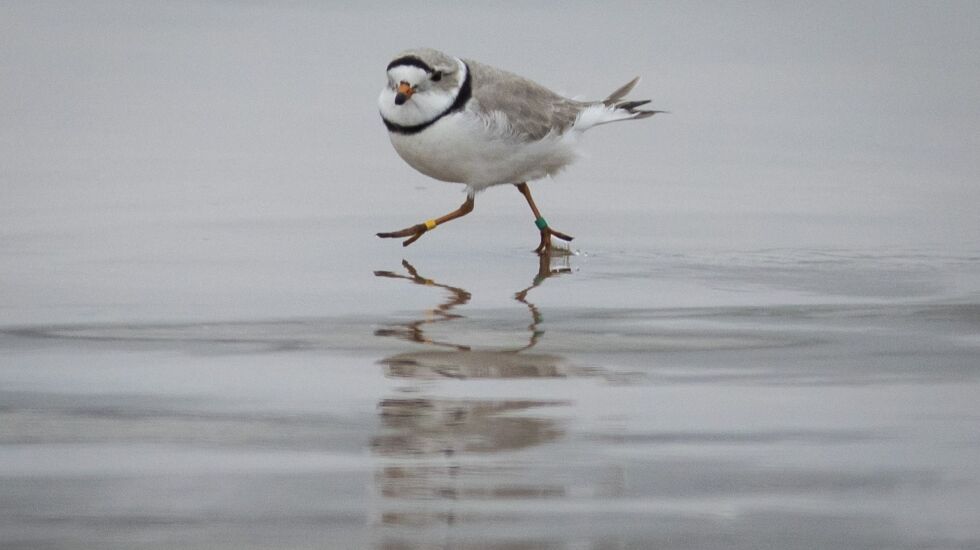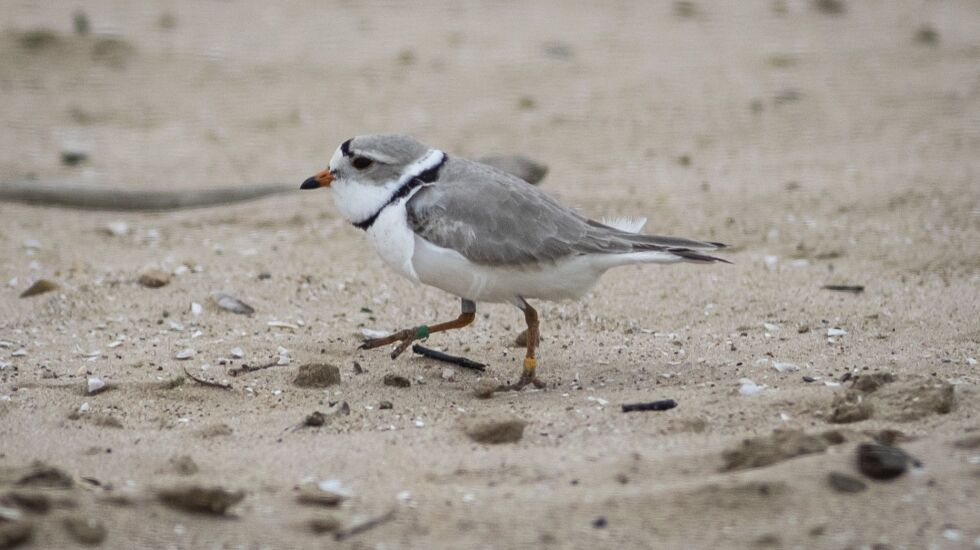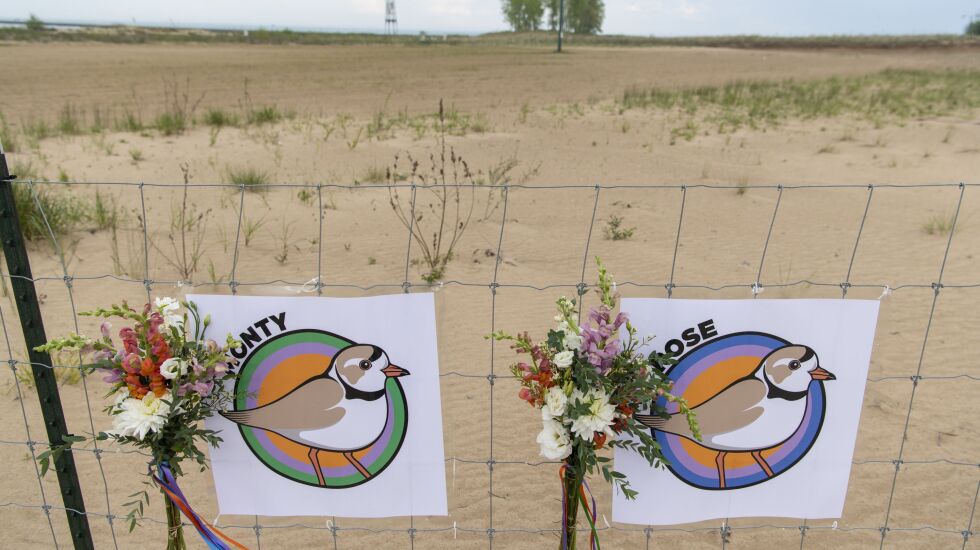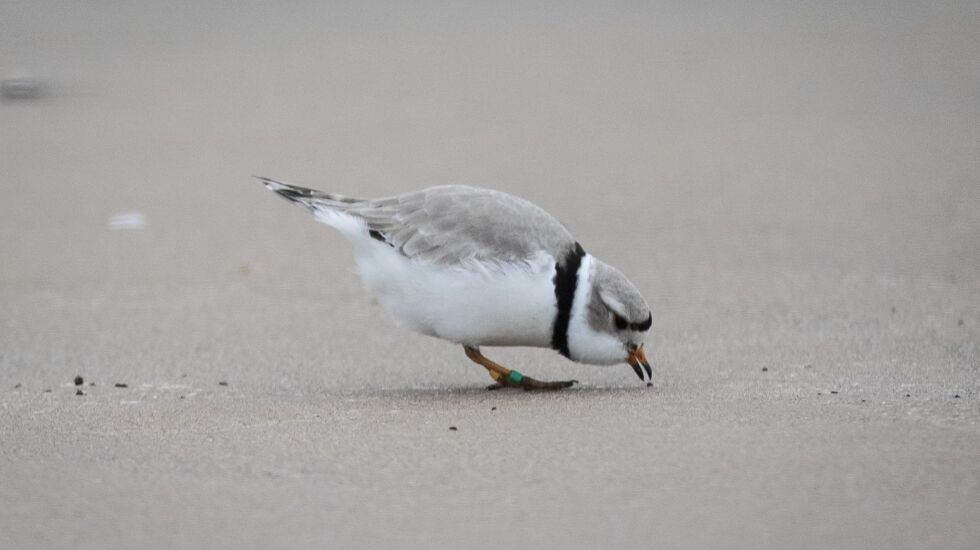
Over two weeks after Monty the piping plover died on Montrose Beach, the birder community is finally getting some answers.
A necropsy revealed that Monty died from “a severe fungal respiratory infection, including laryngitis which restricted his airway,” according to a Tuesday statement from the Lincoln Park Zoo.
The necropsy was carried out by the zoo in partnership with the U.S. Fish and Wildlife Service and the University of Illinois Zoological Pathology Program, according to the statement.
There was no indication of bird flu, according to the tests.
“At the moment, it does add some closure,” said Armand Cann, biologist with the U.S. Fish and Wildlife Service. “Monty was such a celebrated member of its species for the city of Chicago.”

Monty’s death came unexpectedly May 13, after he was seen behaving oddly and stumbling.
Since then, many have mourned his death, holding memorials and taking to social media to voice their shock and sadness.
Monty and his mate, Rose, had nested on Montrose Beach since 2019. This year, Rose is nowhere to be found.
Still, questions remain, said Edward Warden, the president of the Chicago Ornithological Society.
More tests are being done to determine the fungus responsible for Monty’s death, but according to the release, “it is suspected as environmental in origin.”
“It’s one of those things where we finally have information, but also we still don’t have a lot of information,” Warden said. “We know what happened, we get that closure, but there are still a lot of questions of is there anything that maybe we can do differently going forward to prevent something like this happening again.”

It’s hard to say where Monty may have picked up the fungus, Warden said. It could have been in Texas where he winters, in Chicago during the few weeks he was at Montrose Beach this year or even somewhere in between if he made a pitstop during his migration, Warden said.
Monty will be given to the Chicago Field Museum’s avian department, according to the news release. He will be added to the Field Museum’s existing collection of piping plovers, Warden said.
And his remains will be important for future research on Great Lakes plovers, according to Warden. Having Monty, a current specimen, to compare to older plovers is going to be especially critical, Warden said.
“The big thing is that by looking at historical specimens and being able to compare them to birds today, we can look at things that change over time,” Warden said. “For example, how birds respond to climate change, or other environmental factors that are occurring.”
Observations can also be made on changes in the sizes of the birds, their weight, length, coloration and plumage, among others things, Cann said.

Dr. Francie Cuthbert and Dr. Sushma Reddy at the University of Minnesota will also use samples from Monty’s necropsy for a Great Lakes piping plover genetic study, according to the statement.
This is a “unique opportunity,” Cann said. Many plovers may die out in the field and disappear, he said, so they aren’t able to be studied.







